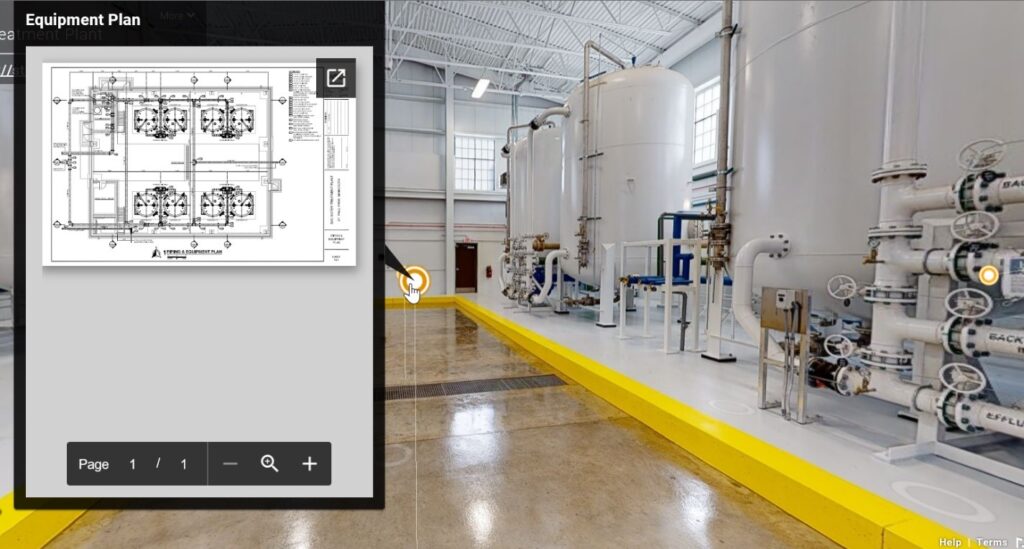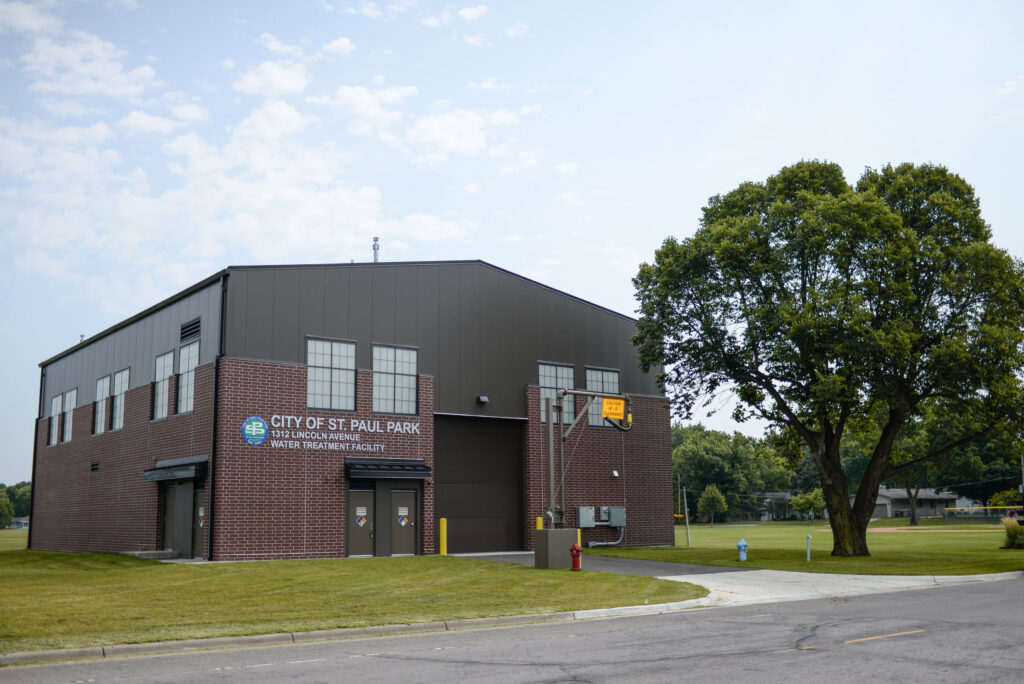The Minnesota Pollution Control Agency (MPCA) and Minnesota Department of Natural Resources (DNR) recently released their $700 million plan for improving the drinking water supply in 14 communities that are currently dealing with unsafe levels of perfluoroalkyl and polyfluoroalkyl substances (PFAS) in their water. The government’s plan includes building or expanding:
- Six new water treatment plants
- Treating 33 municipal wells
- Connecting 296 homes to municipal water systems
- Providing home water filtration systems to homeowners with private wells
WSB was fortunate to be involved with the city of St. Paul Park to help them find a solution to increasingly dangerous PFAS levels in their community. In June of 2018, the Minnesota Department of Health informed St. Paul Park that the PFAS levels in two of its three water wells was exceeding the recommended levels that are safe for public consumption. WSB partnered with the city to design a water treatment facility and remove PFAS from the community drinking water and surrounding environment.
PFAS are a family of manmade chemicals that do not naturally decompose due to their heat and water-resistant structure. Studies have found that consuming drinking water with elevated levels of PFAS, overtime, can be associated with high cholesterol, reduced immune response, thyroid disease, kidney cancer and other distressing health problems.
After completing a rapid column filtration pilot study, acid-washed granular activated carbon filtration was selected as the most feasible, long term solution to treat PFAS in the city’s drinking water.
- Steel pressure filtration vessels contain granular activated carbon filter media that facilitate the transfer of contaminants onto the media as the liquid stream passes through the vessels.
- When the contaminant level in the carbon bed reaches the saturation point, the carbon is removed and regenerated at an off-site facility or disposed.
- After the media becomes fully absorbed with PFAS, the media is removed from the vessel and refilled with high quality activated carbon.
The project utilized an innovative modeling software, Matterport, to video scan the interior of the plant and provide a three-dimensional layout. This model allows city staff to provide accurate virtual tours of the plant remotely. Matterport also serves as an asset management tool for storing critical operations and maintenance data for each piece of equipment inside the plant. This innovative tool allows staff supervisors to reference and provide instructions to their teams from a remote location. Leveraging Matterport software ensures important equipment data, plant drawings, and schematics can be accessed from any location with Wi-Fi or internet connection.


Great emphasis was placed on the design to protect the environment and provide a sustainable facility. The plant produces almost no emissions that affect the environment other than space heating during the winter months. Nearly no wastewater will be emitted from the plant in the long term other than discharging backwash wastewater into the sanitary sewer system about once every two to three years when the filter media is exchanged for new media. On site, a large oak tree situated about 20 feet from the plant was preserved during construction. Since the plant was constructed in a city park, all areas that were affected by construction were restored with landscaping and grass that creates a natural flow to the surrounding athletic fields.
Since the plant was placed into service, no PFAS contaminants have been detected in the effluent water that is distributed to city customers. The quality of the drinking water has been excellent and exceeds all drinking water and health standards.

